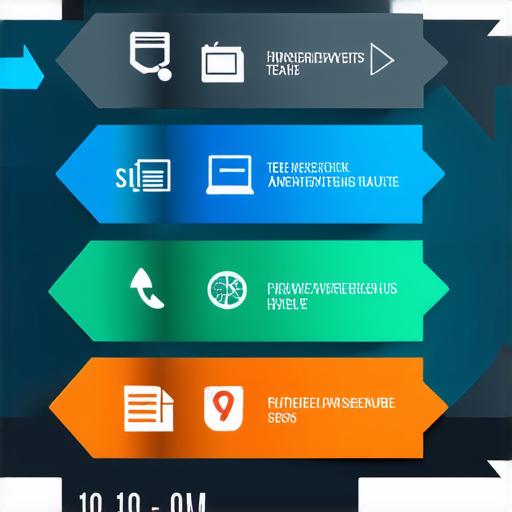What is the development process for web applications?
Are you an app developer looking to create a web application that will captivate your target audience? Do you want to make sure that your development process runs smoothly and efficiently? If so, then you have come to the right place. In this comprehensive guide, we will explore the various stages of the development process for web applications and provide you with valuable insights and tips to help you succeed in your endeavors.
From Planning to Deployment: A Step-by-Step Guide
The development process for web applications can be broken down into several key stages, each of which is crucial for ensuring a successful outcome. These stages include planning, design, development, testing, and deployment. In this section, we will take a closer look at each of these stages and discuss the importance of each in the overall development process.
Planning
The first step in any development project is to carefully plan out what you want to achieve. This involves defining your project goals, identifying your target audience, and determining the features and functionality that will be required to meet their needs. It is also important to consider the budget and timeline for your project, as well as any potential challenges or constraints that may arise during the development process.
Design
Once you have a clear understanding of your project goals and requirements, it’s time to begin designing your web application. This involves creating wireframes and mockups that will help you visualize the layout and structure of your application, as well as identifying any potential design challenges or areas for improvement. It is important to work closely with your development team during this stage to ensure that your designs are feasible and can be easily implemented.
Development
With your planning and design complete, it’s time to begin the actual development process. This involves writing code, testing and debugging your application, and making any necessary adjustments or improvements along the way. The choice of programming language and development framework will depend on your specific project requirements, as well as your team’s expertise and preferences.
Testing
Testing is a critical stage in the development process that involves identifying and fixing any bugs or issues that may be present in your application. This can include functional testing, which ensures that your application works as expected, as well as performance testing, which assesses how well your application scales under different load conditions. It is important to thoroughly test your application before moving on to the next stage to ensure a seamless user experience.
Deployment
The final stage in the development process is deployment, which involves launching your web application to the public. This can involve setting up servers, configuring DNS records, and making other technical arrangements to ensure that your application is accessible to users around the world. It is important to carefully plan this stage to ensure a smooth transition and minimize any potential downtime or disruptions.

Case Studies: Real-World Examples of Successful Web Application Development
Now that we have discussed the various stages of the development process let’s take a look at some real-world examples of successful web application development to see how these stages were implemented in practice.
Uber
Uber is a prime example of a successful web application that has undergone a rigorous development process. The company began by identifying a need for a more efficient and convenient way for people to hail taxis, which led to the development of their mobile app. However, the app was not initially intended to be used on the web, so the company had to develop a separate web-based version of the application that could be accessed from desktop computers.
The development process for Uber’s web application involved several key stages, including planning, design, development, testing, and deployment. The team worked closely together to ensure that the app was user-friendly and easy to use, while also incorporating advanced features such as real-time tracking and payment processing.
Airbnb
Airbnb is another great example of a successful web application that has gone through a rigorous development process.
